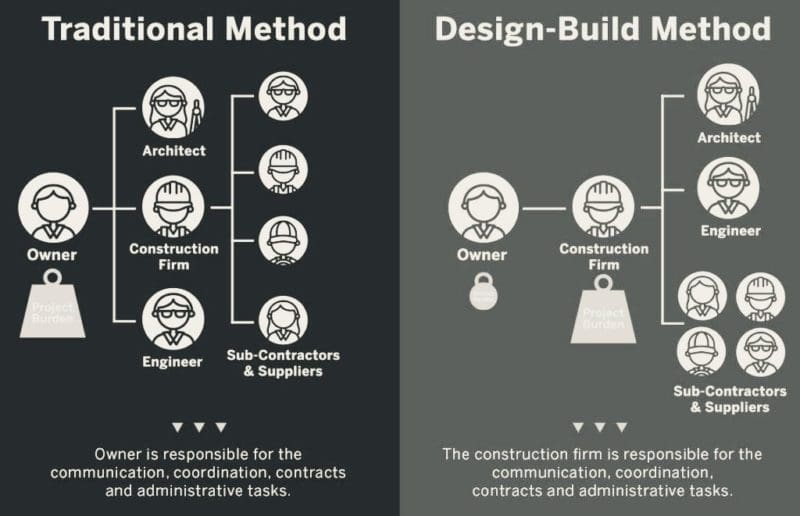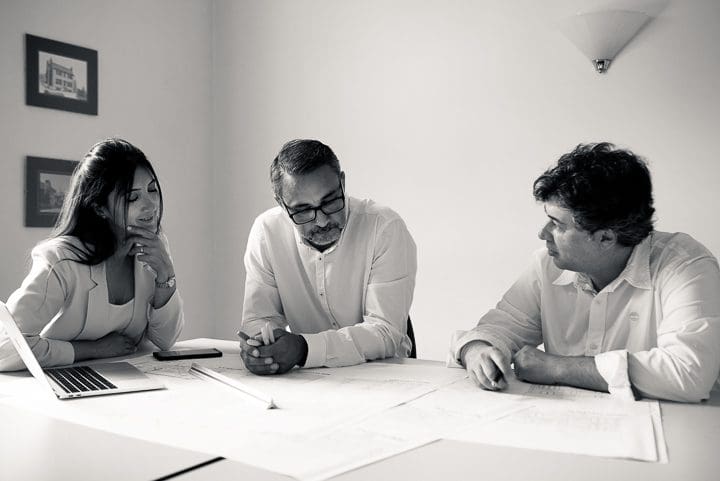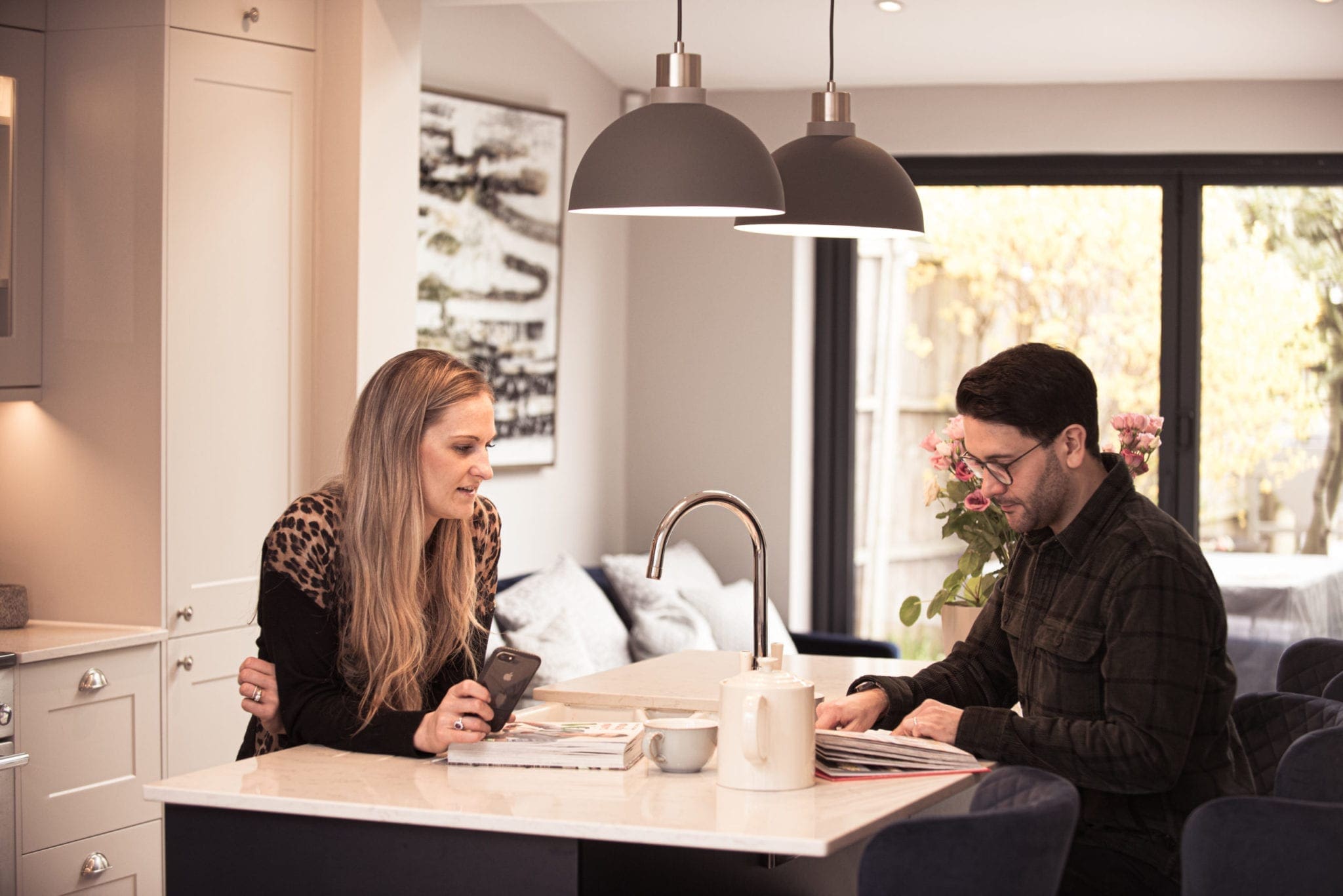Traditional V Design & Build Projects in Construction
The construction industry has different approaches to delivering projects, and the traditional method and the design and build method are two of the most commonly used. The traditional method involves the client engaging an architect or engineer to design the project, and then tendering the project to a contractor. On the other hand, the design and build method involves the client engaging a single contractor to design and build the project. In this blog post, we’ll explore the key differences between these two approaches.

Approach to Design
The traditional method involves a clear separation of roles between the designer and the contractor. The client engages an architect or engineer to design the project, and then the project is tendered to a contractor for construction. The design and build method, on the other hand, involves the client engaging a single contractor to both design and build the project. This means that the contractor assumes responsibility for the entire project, from design through to construction.
Responsibility
In the traditional method, the client is responsible for managing the design process, and the contractor is responsible for building the project. In contrast, the design and build method places more responsibility on the contractor, as they are responsible for both the design and construction of the project. This means that the contractor has greater control over the project, and the client has a single point of contact for the entire project.
Timeframe
The traditional method can take longer because there is a separate design phase before the construction phase begins. This means that the client may have to wait longer before construction can begin. The design and build method can be faster because the design and construction phases can overlap. This means that the project can be completed in a shorter amount of time, as there are fewer delays between the design and construction phases.
Flexibility
The traditional method provides the client with more flexibility to change the design during the design phase. Since the client engages a separate designer and contractor, they have the option to make changes to the design before construction begins. In contrast, changes to the design in the design and build method can be more difficult and costly to make once construction has started. This is because the contractor is responsible for both design and construction, so changes to the design can impact the construction phase.
Cost
The traditional method can be more expensive because the client is responsible for managing the design phase, and there may be delays and additional costs associated with coordinating between the designer and the contractor. In contrast, the design and build method can be more cost-effective because the contractor is responsible for both design and construction. This means that there is greater continuity between the design and construction phases, which can result in cost savings.
Risk
The traditional method can be riskier for the client because they are responsible for managing the design phase and ensuring that the contractor delivers the project according to the design. In contrast, the design and build method places more risk on the contractor, as they are responsible for both design and construction. This means that the contractor assumes greater responsibility for delivering the project according to the client’s specifications.
Overall, both the traditional method and the design and build method have their advantages and disadvantages. The choice of method will depend on the specific needs and preferences of the client. The traditional method may be preferable for clients who want greater control over the design phase, while the design and build method may be preferable for clients who want greater efficiency and cost savings. Regardless of the method chosen, it is important for the client to choose a reputable contractor who has experience delivering projects of a similar scope and complexity.
To find out how London Urban can help you with your project, email us on [email protected] or call us on 020 8936 7667.






